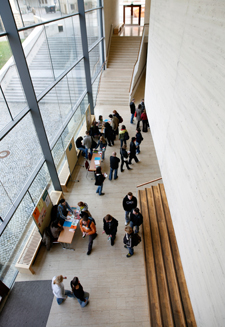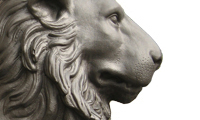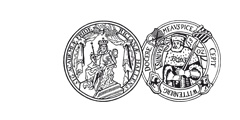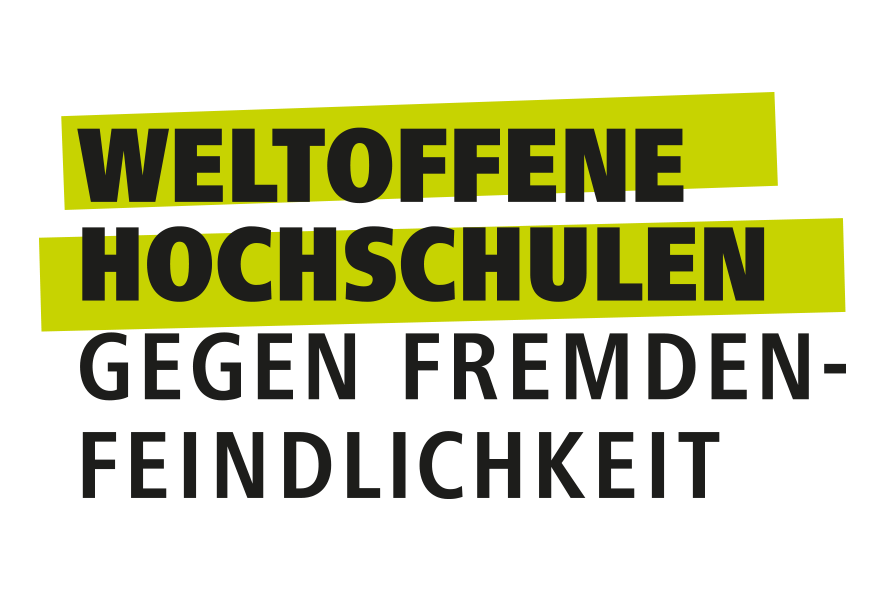
Links
Schafft Wissen. Seit 1502.
Studieren an der Universität Halle
Alle Informationen zum Studium an der MLU, zur Einschreibung und zu Bewerbungsfristen finden Sie auf den Seiten des Immatrikulationsamts. [ mehr ... ]
Exzellenzstrategie: Universität Halle erhält erstmals Zuschlag für Exzellenzcluster
Die Martin-Luther-Universität gehört zu den Gewinnerinnen der Exzellenzstrategie. Mit bis zu 64,5 Millionen Euro fördert die Deutsche Forschungsgemeinschaft das Exzellenzcluster "Center for Chiral Electronics" (CCE), das die MLU gemeinsam mit der Freien Universität Berlin, der Universität Regensburg und dem Max-Planck-Institut für Mikrostrukturphysik (MPI) in Halle beantragt hatte. Das Cluster startet im Januar 2026. Die Laufzeit beträgt zunächst sieben Jahre. Im Zentrum der Forschung stehen neue Konzepte für leistungsfähige und energiesparende Elektronik.
Nahost- und Islamforschung: DFG fördert Fachinformationsdienst der ULB Sachsen-Anhalt weiter
Die Universitäts- und Landesbibliothek Sachsen-Anhalt (ULB) in Halle bleibt bundesweit die zentrale Anlaufstelle für Spezialliteratur und Fachinformationen zur Nahost- und Islamforschung. Die Deutsche Forschungsgemeinschaft verlängerte kürzlich die Förderung des Fachinformationsdienstes Nahost-, Nordafrika- und Islamstudien für drei Jahre. Für den weiteren Betrieb und Ausbau seines Serviceangebotes erhält das Projekt rund 1,6 Millionen Euro.
„Die gedruckte Galerie. Grafik in der Universität“ – Neue Ausstellung widmet sich Kunst-Reproduktionen
Mit den Möglichkeiten und Herausforderungen bei der Reproduktion von Kunstwerken befasst sich eine neue Ausstellung der MLU. Entstanden ist sie in einem Seminar am Institut für Kunstgeschichte, Archäologien und Klassische Altertumswissenschaften und in Kooperation mit der Zentralen Kustodie. Die Ausstellung "Die gedruckte Galerie. Grafik in der Universität" läuft bis zum 9. November 2025. Begleitend sind Grafiken des aus Halle stammenden Künstlers Moritz Götze zu sehen.
Universität Halle erhält erneut das Zertifikat zum audit familiengerechte hochschule
Die MLU hat zum fünften Mal in Folge das Zertifikat zum audit familiengerechte hochschule erhalten. Die MLU trägt das Zertifikat seit 2009 als besondere Anerkennung für eine nachhaltige Gestaltung familiengerechter Arbeits- und Studienbedingungen. Die Verleihung des Gütesiegels fand gestern in Berlin statt. Rektorin Prof. Dr. Claudia Becker erhielt das Zertifikat aus den Händen von Mareike Wulf, Parlamentarische Staatssekretärin im Bundesfamilienministerium.
Chemie: DFG verlängert Graduiertenkolleg an der MLU
Vier Millionen Euro erhält die MLU, um ihre Forschung im Graduiertenkolleg (GRK) "Amphiphilie plus" fortzusetzen. Das hat die Deutsche Forschungsgemeinschaft (DFG) entschieden. Im Zentrum steht ein grundlegendes Ordnungsprinzip für Moleküle: die Amphiphilie.
Herbst-Uni zum Lehramt: Interessierte können sich ab sofort anmelden
Das Lehramtsstudium und der Beruf der Lehrkraft stehen im Fokus der diesjährigen Herbst-Uni, die vom 15. bis 17. Oktober 2025 zum zweiten Mal an der MLU stattfindet. Das Angebot richtet sich an Schülerinnen und Schüler ab der 10. Klasse und Interessierte mit einer Fachhochschulreife. Die Anmeldung ist ab sofort möglich.
Die Martin-Luther-Universität Halle-Wittenberg steht für
Demokratie, Vielfalt, Toleranz und Weltoffenheit
Die zahlreichen Krisen in der Welt, Krieg, Gewalt und vielfaches menschliches Leid sowie Herausforderungen wie der Klimawandel, Migration und wirtschaftliche Unsicherheiten erzeugen tiefe Verunsicherung. Dies führt zu gesellschaftlichen Debatten, die zum Teil demokratiefeindlich sind. Vor dem Hintergrund öffentlich gewordener rechtsextremistisch geprägter, antidemokratischer Bestrebungen bringt die MLU ihre tiefe Sorge um die Freiheit von Forschung und Lehre in der internationalen und vielfältigen Gemeinschaft ihrer Forschenden, Lehrenden und Lernenden zum Ausdruck. Im Bewusstsein ihrer eigenen Geschichte in den Diktaturen des 20. Jahrhunderts wendet sich die MLU gegen Fremdenfeindlichkeit und Nationalismus.
Wissenschaft lebt vom Austausch mit anderen. Die MLU ist als "weltoffene Hochschule" ein Ort der Begegnung, der kritischen Auseinandersetzung und des Lernens, weil sie Menschen mit verschiedenen kulturellen, ethnischen, religiösen und sozialen Hintergründen und Sichtweisen zusammenbringt. Ein respektvoller Umgang miteinander ist die Grundlage, um in offenen Diskussionen und sachlichen Debatten zu Lösungen zu kommen. Ein friedliches Miteinander setzt Offenheit, Bereitschaft zum Diskurs und globale Verständigung voraus. Diesen essenziellen Werten sind die Universität und ihre Mitglieder verpflichtet – in Studium, Lehre, Forschung ebenso wie im Arbeitsalltag.









